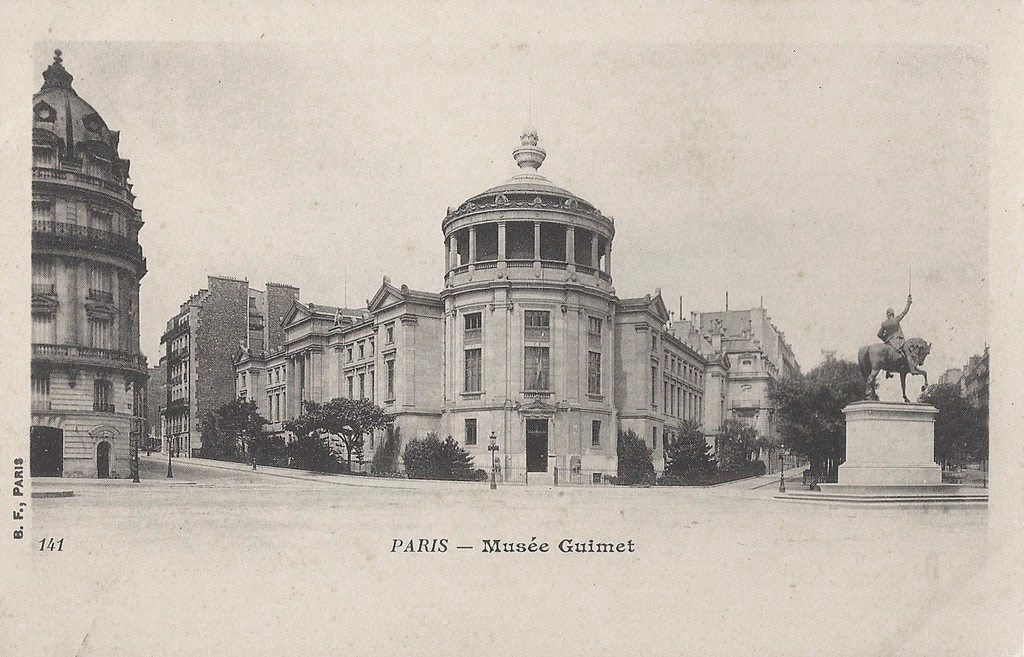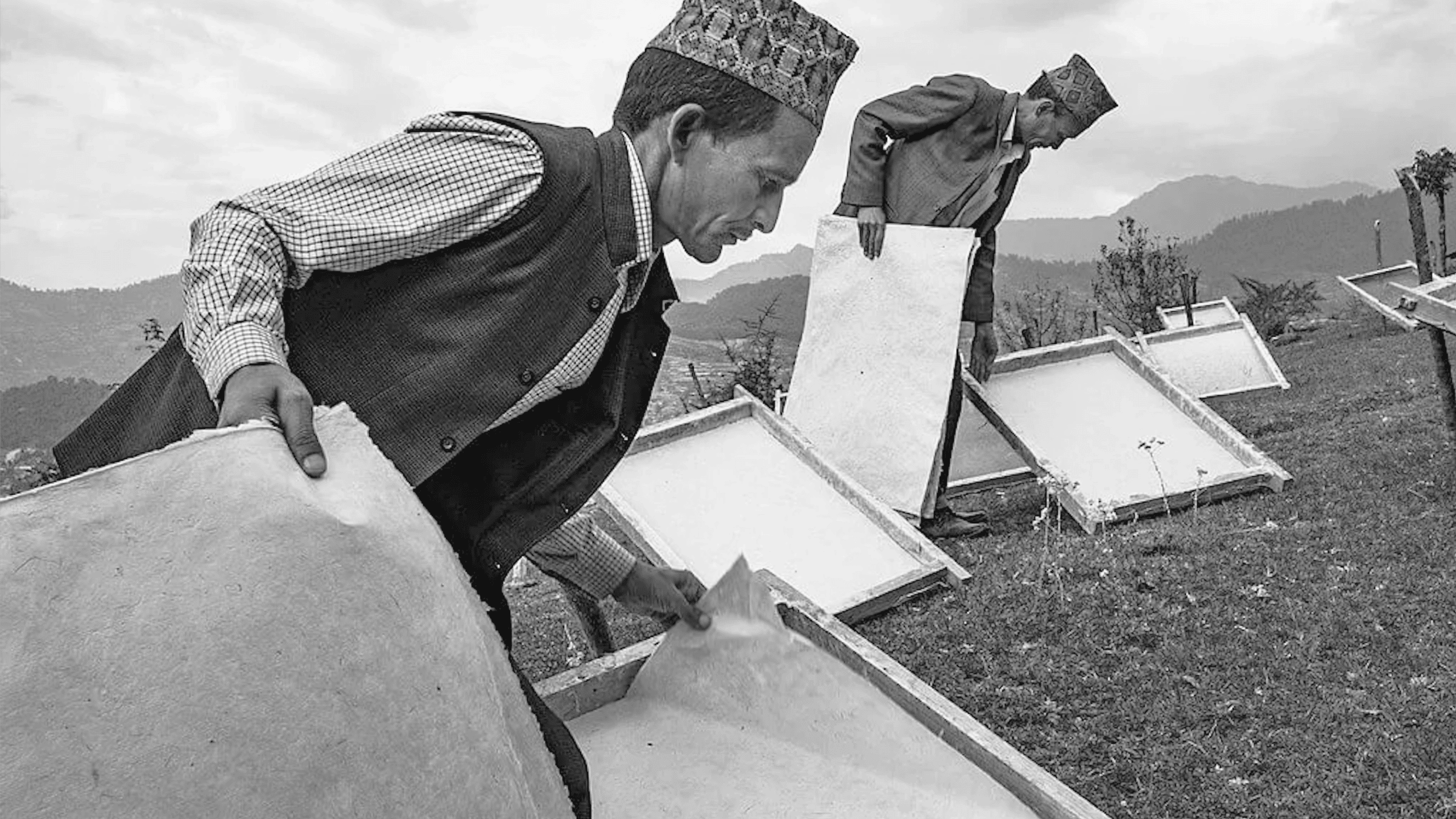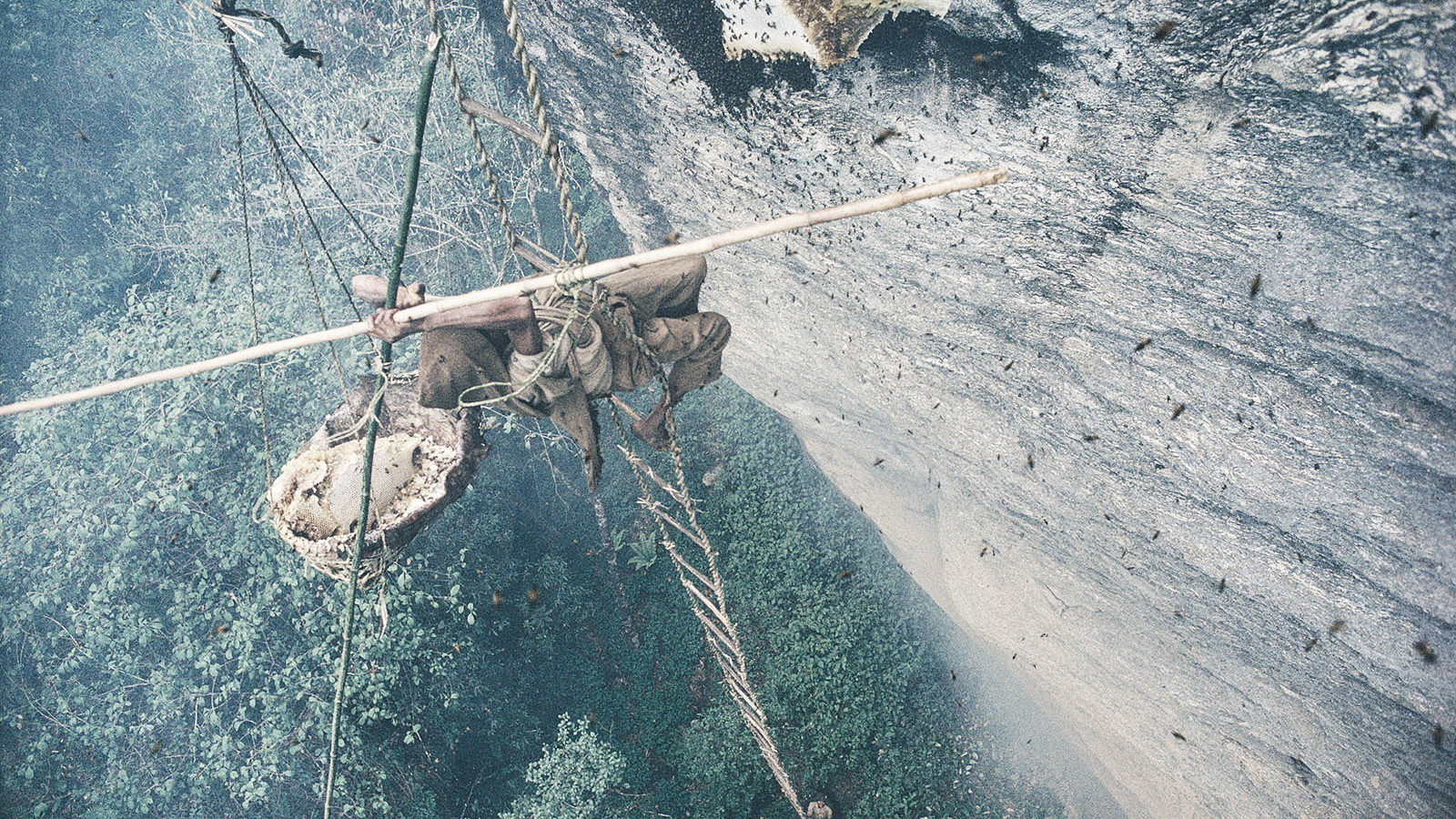Works of art that have survived the test of time offer us clues about the history and culture of past generations and civilizations. Some of these works are housed at the Guimet Asian Arts Museum in Paris, France. The Musée Guimet is one of the largest collections of Asian art in the world—not to mention the only museum of its kind in Europe. Though lesser-known compared to the likes of The Louvre, this museum is a treasure trove that holds 5,000 years of Asian art under one roof.

The Guimet Asian Arts Museum, also known as the Musée national des arts asiatiques-Guimet (National Museum of Asian Art), opened its doors to the public in 1889. It is named for founder Émile Guimet, who traveled the Silk Road in search of precious works and artifacts. The objects he acquired through his extensive global travels were originally kept in a museum in Lyon, Guimet’s hometown, before being transferred to Paris.
The museum collection has grown far beyond the hundreds of objets d’art collected by Guimet. Today, it safeguards over 25,000 rare objects including sculptures, jewelry, papyrus scrolls, textiles, costumes, and fine art. These objects represent diverse Asian cultures and civilizations spanning Afghanistan to Japan. Some of these objects have been dated back to 3,000 BC. Since the collection covers such a wide span of places and peoples, museum exhibits have been organized into several departments by place of origin. These departments include The Himalayas, Central Asia, Southeast Asia (Thailand, Indonesia, and Vietnam), China, Korea, India, and Japan. Departments have also been curated for textiles, photography, and books.
It’s easy to walk past the facade of the museum building, formerly the mansion of a wealthy banker, without realizing that exploring its depths is a journey to the heart of Asia. Upon entering the museum and being greeted by a sea of large-scale statues beneath the library dome, a historic monument in itself, it’s clear that the museum is much more than a collection of objects. It is an immersive experience. Venturing into each department means momentarily losing oneself in distant lands and bygone eras.
The Musée Guimet wouldn’t be what it is today without many contributions. Émile Guimet passed away in 1918 but his legacy continued to evolve. Talented Museum Directors—from Joseph Hackin to Dr. Vincent Lefèvre—have led the expansion of the museum’s collections, overseen renovations that enhance the guest’s experience, and ensured that works are presented with thoughtfulness and authenticity. In the 1920s and 1930s, the French Archaeological Delegation of Afghanistan brought a rich collection of artifacts.
By the outset of World War II, the Musée Guimet was famous for its culturally rich collection but underwent further reorganization following the war including an exchange of Asian works for Egyptian pieces with the famous Musée du Louvre. During Philippe Stern’s involvement as curator, starting in 1954, important work was done to organize the museum’s library and photo archives. During Jeannine Auboyer’s time as curator, a collection relating to classical India was built. In 1991, an additional annex was built called the Pantheon Bouddhique, or Buddhist Pantheon. In addition to ancient artifacts, guests can now also enjoy modern amenities such as an auditorium, café, and Japanese Garden (Jardin Japonais), which includes a traditional Tea Pavilion (Pavilion de Thé). The garden and tea pavilion now belong to Hôtel d’Heidelbach.
The museum offers new expositions on a regular basis, which showcase new and innovative curations alongside these treasured antiquities. The museum’s current exhibit, For Asia Now 2022, invites visitors to discover modern art adjacent to the museum’s oldest works. The exhibition, which focuses on photography and ceramic art by Bae Bien-U, Ram Rahman, Anne de Henning, and Wilfredo Lam, is on display until January 23, 2023.
The Musée Guimet is located at 6 place d’Iéna in the 16th arrondissement, not far from the Eiffel Tower or Museum of Modern Art. The Musée Guimet is open Wednesday to Monday from 10:00 h – 14:00 h.
The Life and Legacy of Alexandra David-Néel
In 1924, Alexandra David-Néel made history as one of the first Western women to secretly enter Tibet. Disguised as a beggar, she crossed into Lhasa, bringing the mysteries of Tibetan Buddhism to the West.
The Travelling Jacket
In 2016, five designers from across South Asia came together to create what is now known as the traveling jacket.
Khoma, the Sound of Weaving
A collective thumping sound echoes in the village of Khoma with the wake-up call from their local roasters.
Discover Ladakh: The Land of High Passes
India is known globally for its vibrant and bustling megacities but in its northern reaches lie the mountains and valleys of Ladakh, a name that means land of high passes.
The Power of a Thangka Painting
Thangkas are a distinctly Tibetan form of art centred around religious figures and symbols.
Tibetan Incense Making
It is impossible to envision Himalayan homes and temples without the swirling smoke or aromatic scent of incense.
Nepal’s Honey Hunters
In the misty foothills of the Himalayas, honey hunters risk their lives harvesting wild honey from vertical cliffs.
Dolpo: Secret Shelter
People of Dolpo live in the extremely remote villages of Nepal's western highlands.
Mountains and Faith
The Himalayas stand in sacred stillness, their mountains embodying the divine. Nature’s spirit flows through prayers and offerings, uniting earth and the sacred. In every rock and snow, faith is not just believed but felt, guiding us to something greater.











